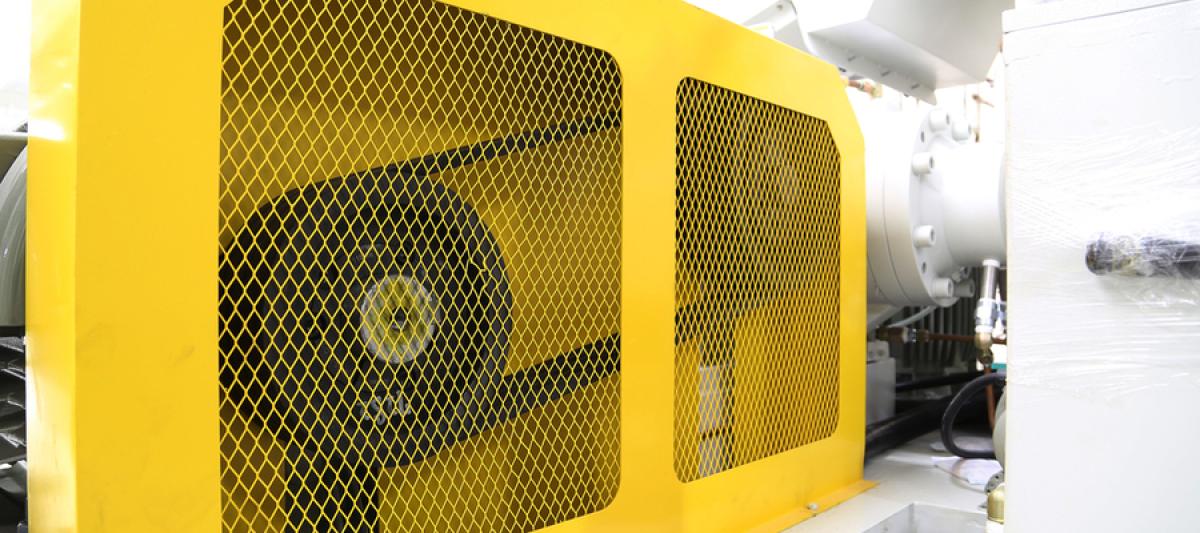
Machinery-related injuries are some of the worst in the industry today. Workers get caught in machines and suffer severe injuries such as crushed arms, legs, severed fingers, blindness, or even killed.
Can these injuries and deaths be prevented? Of course, they can, with the proper use of machine guards.
Hazard Areas
Mechanical hazards occur in the following areas:
- Point of Operation: The point where work is performed on the material, such as cutting, shaping, boring, or forming of stock.
- Power Transmission Apparatus: All components of the mechanical system which transmit energy to the part of the machine performing the work. These components include flywheels, pulleys, belts, connecting rods, couplings, cams, spindles, chains, cranks, and gears.
- Other Moving Parts: All parts of the machine that move while the machine is running. These can include reciprocating, rotating, and transverse moving parts, as well as feed mechanisms and auxiliary parts of the machine.
To prevent injury from any of these hazards, guards must be in place and never removed while work is in progress.
Safeguards
Knowing how a safeguard protects workers is just as important as having the machine guard itself in place. The machine guard protects the worker from harm by:
- Preventing contact: The guard must prevent any part of a worker’s body or clothing from making contact with dangerous moving parts.
- Securing: All machine guards must be securely affixed to the machine to prevent tampering or removal.
- Protecting from falling objects:
- A machine guard ensures that no objects can fall into moving parts creating new hazards
- The guard itself must not create an additional hazard such as a jagged edge or shear point.
- No interference:
- Machine guards must not impede a worker’s job performance. A machine guard provides safety and enhances efficiency.
Training and Documentation
The following instruction and hands-on-training for machine operators are recommended:
- Description and identification of hazards associated with particular machines
- How machine guards provide protection from the hazards involved
- How and why machine guards are used
- Under what circumstances, and by whom, machine guards can be removed.
- What to do if a machine guard is missing, damaged, or does not provide adequate protection.
The bottom line is if a machine has been designed with a guard in place, do not tamper with or remove it!
Together we can make work safe. Contact us today!
